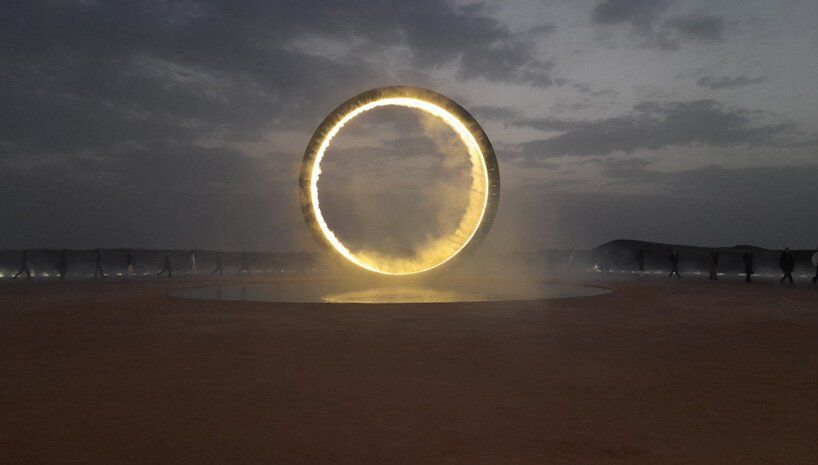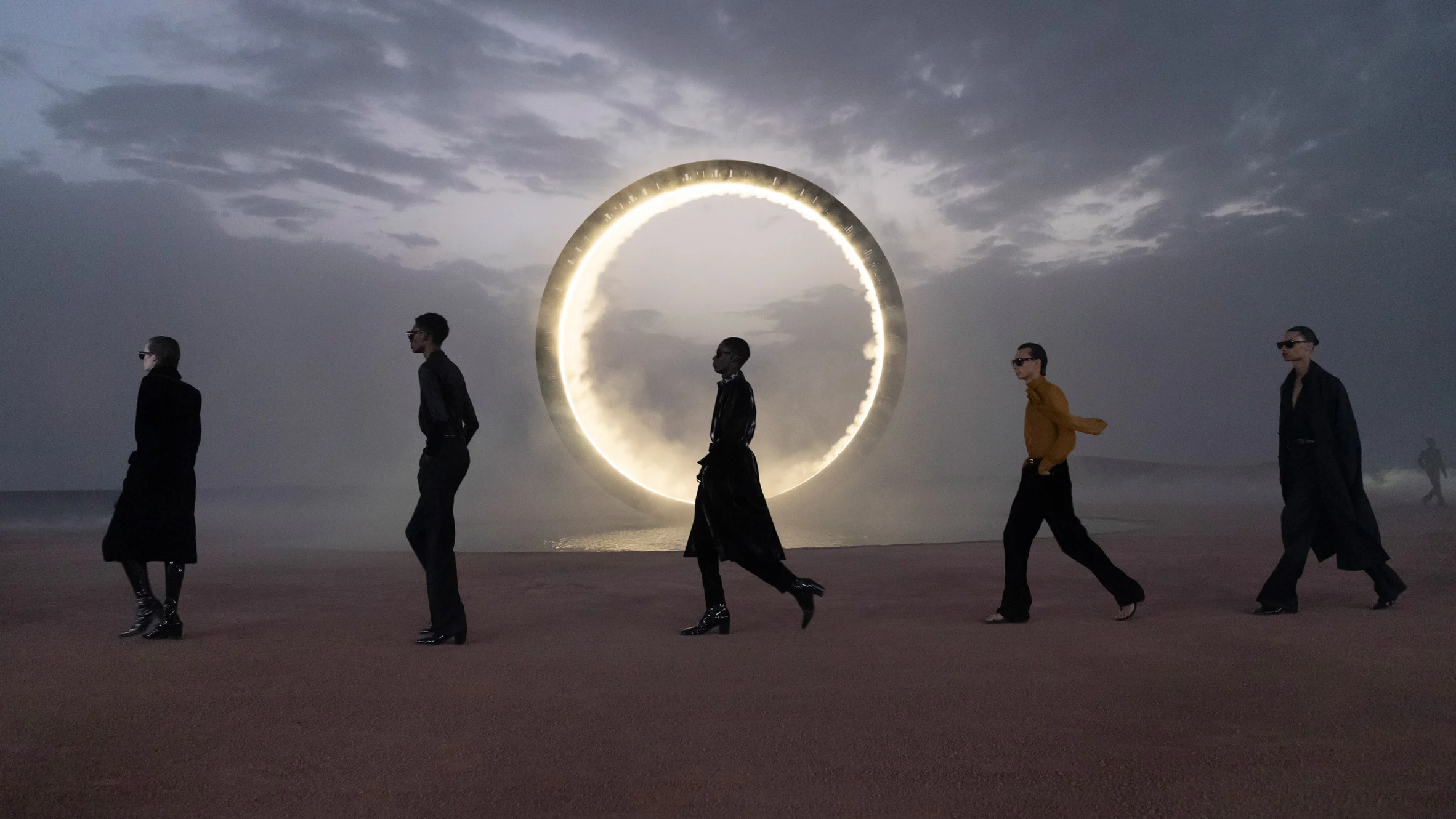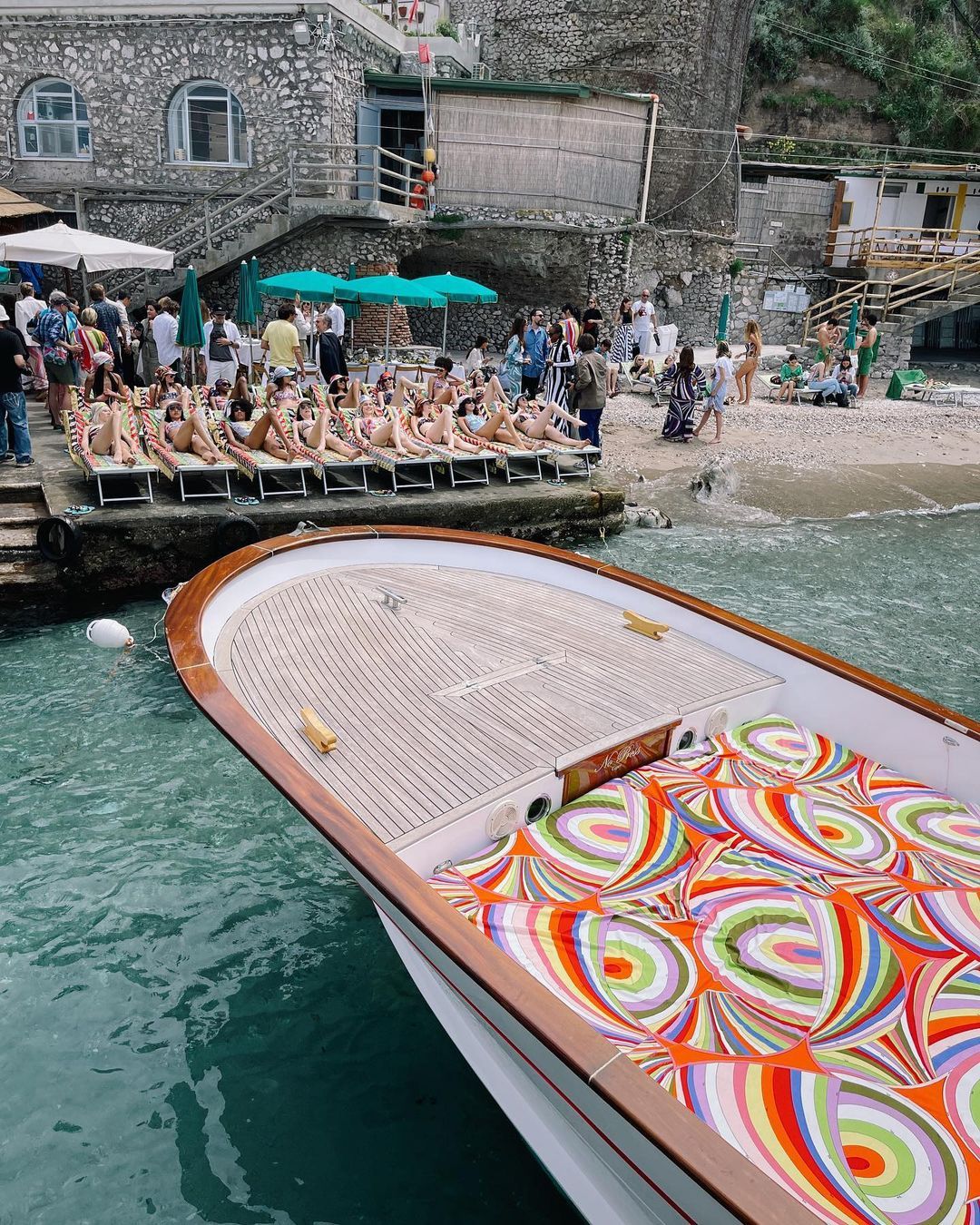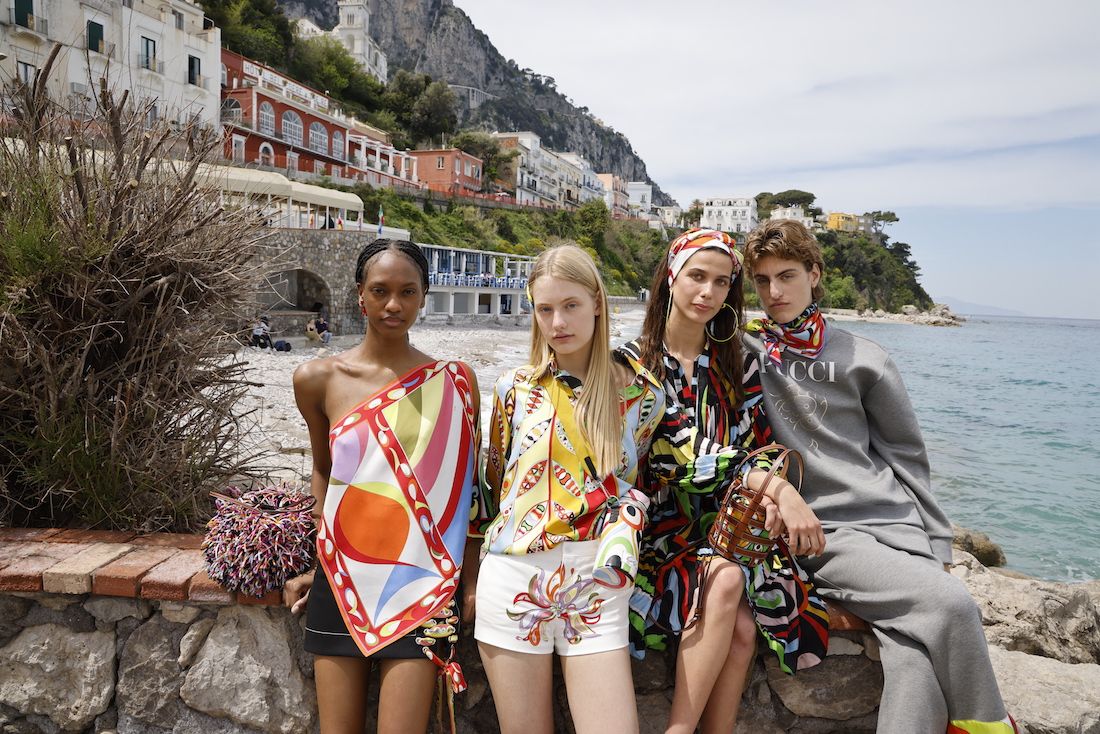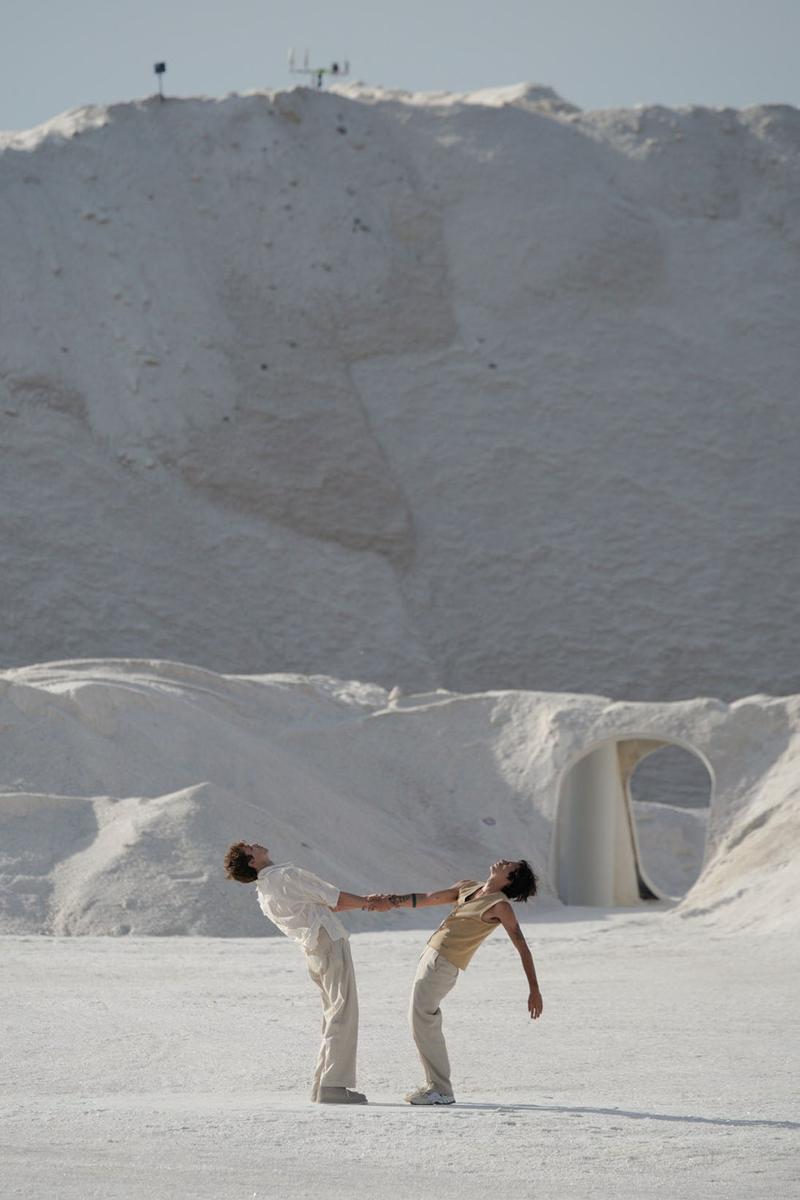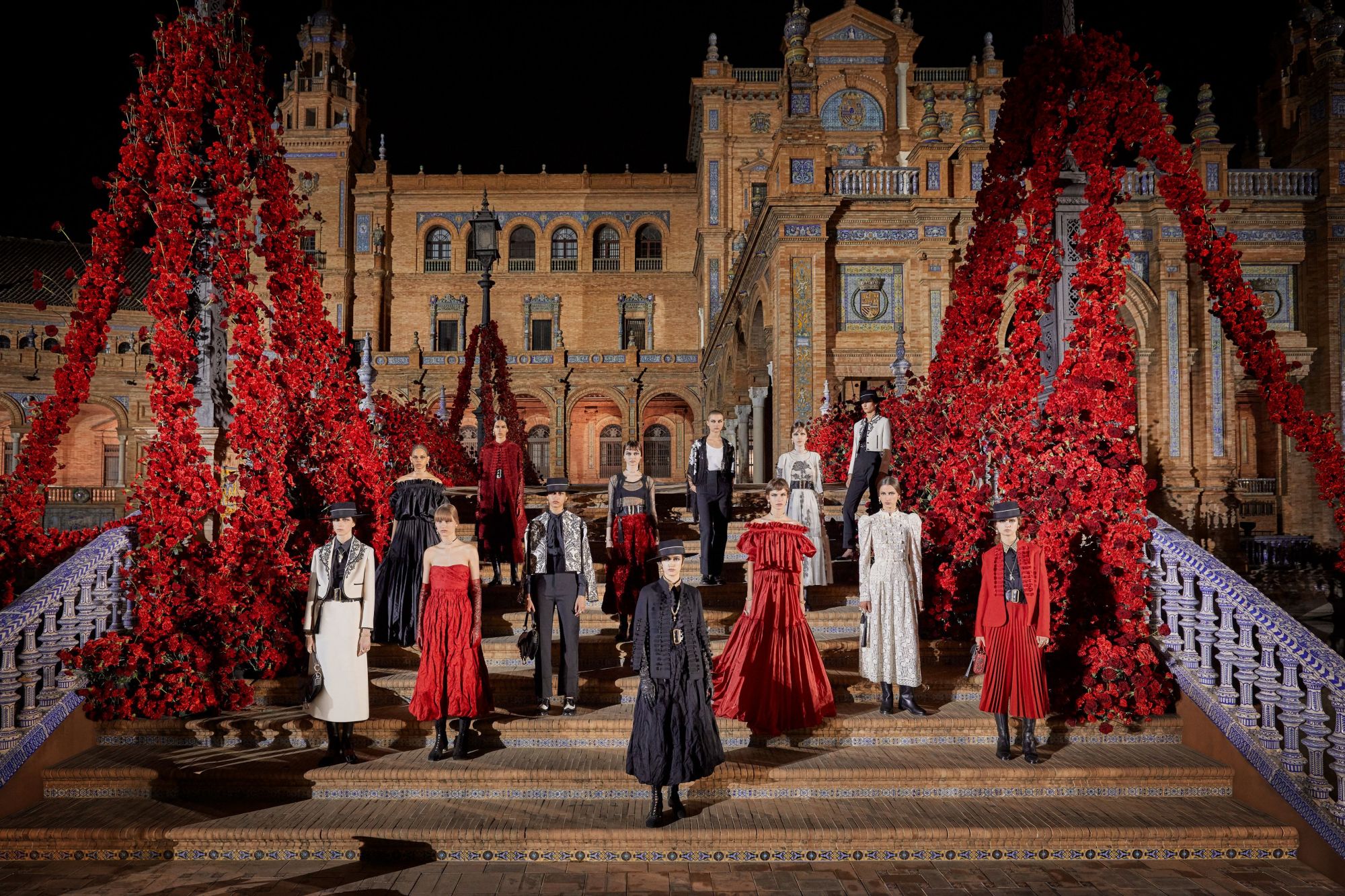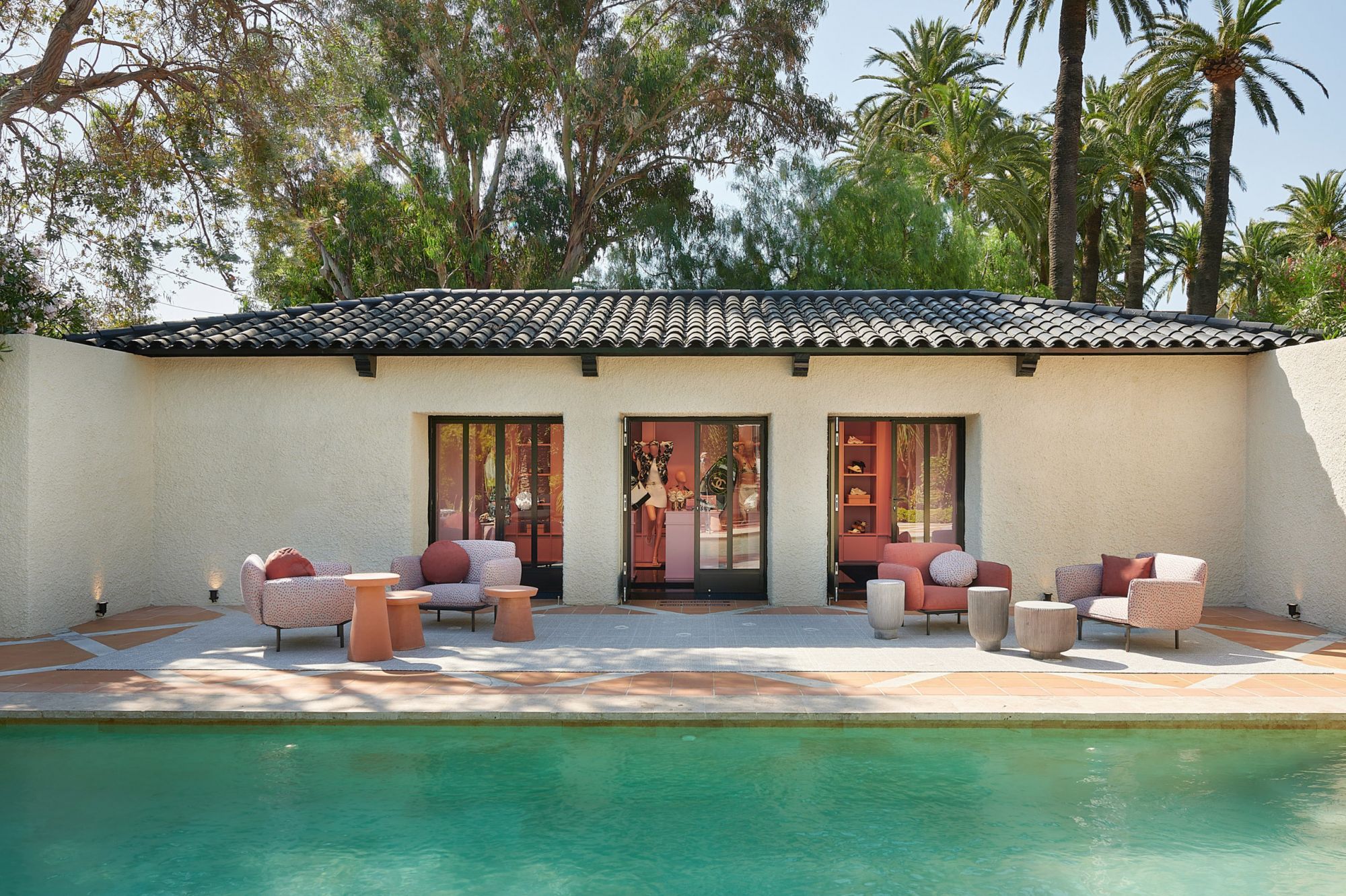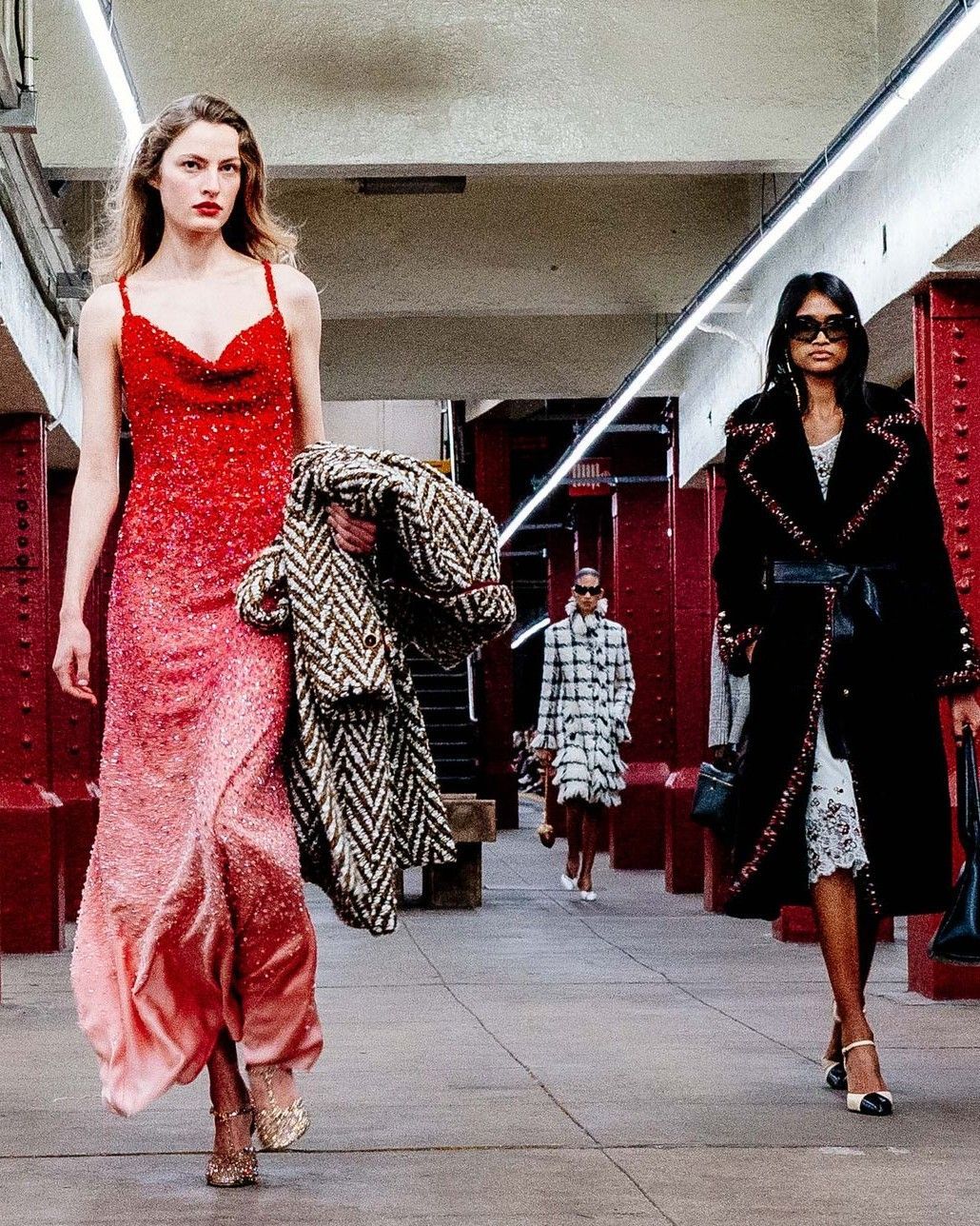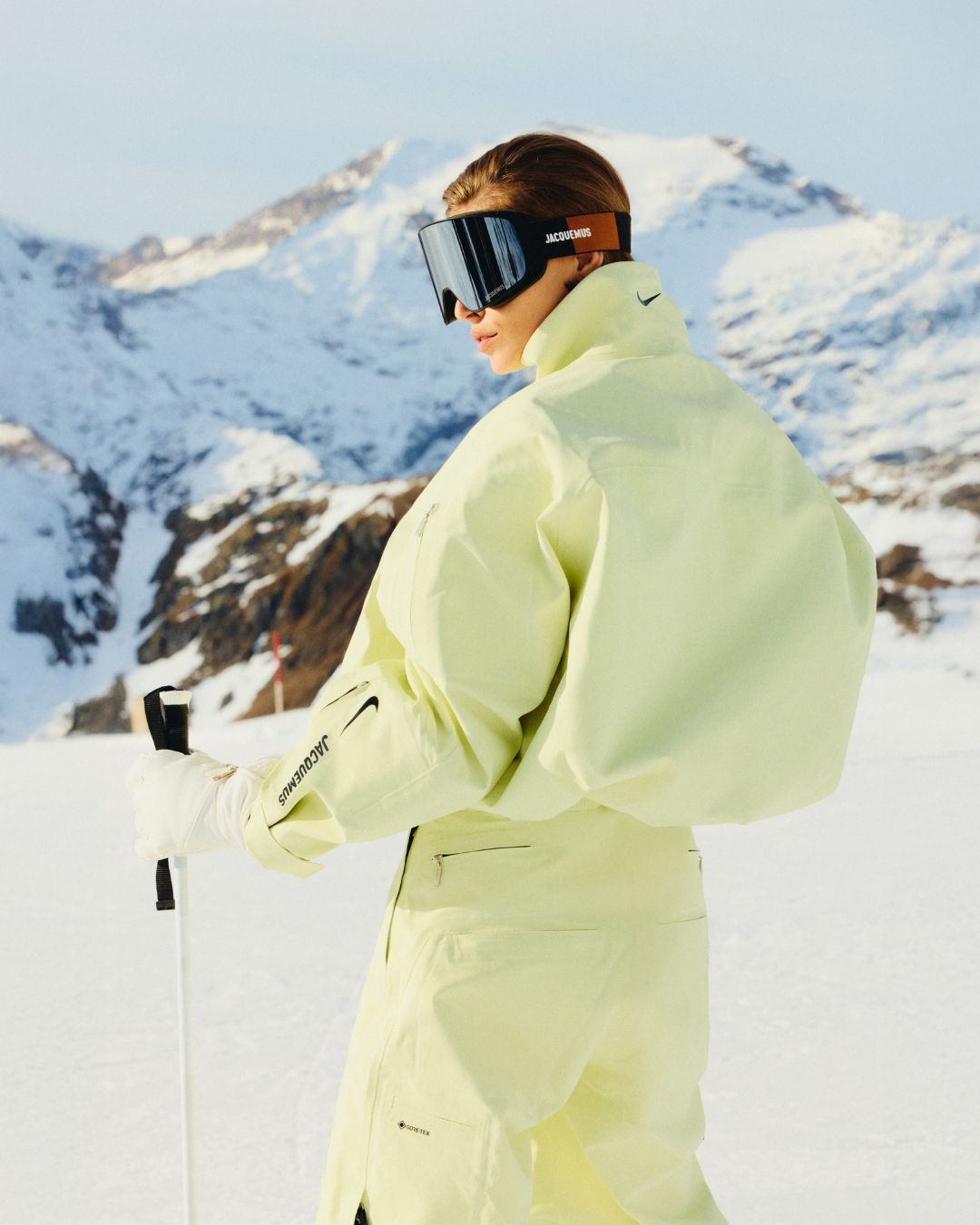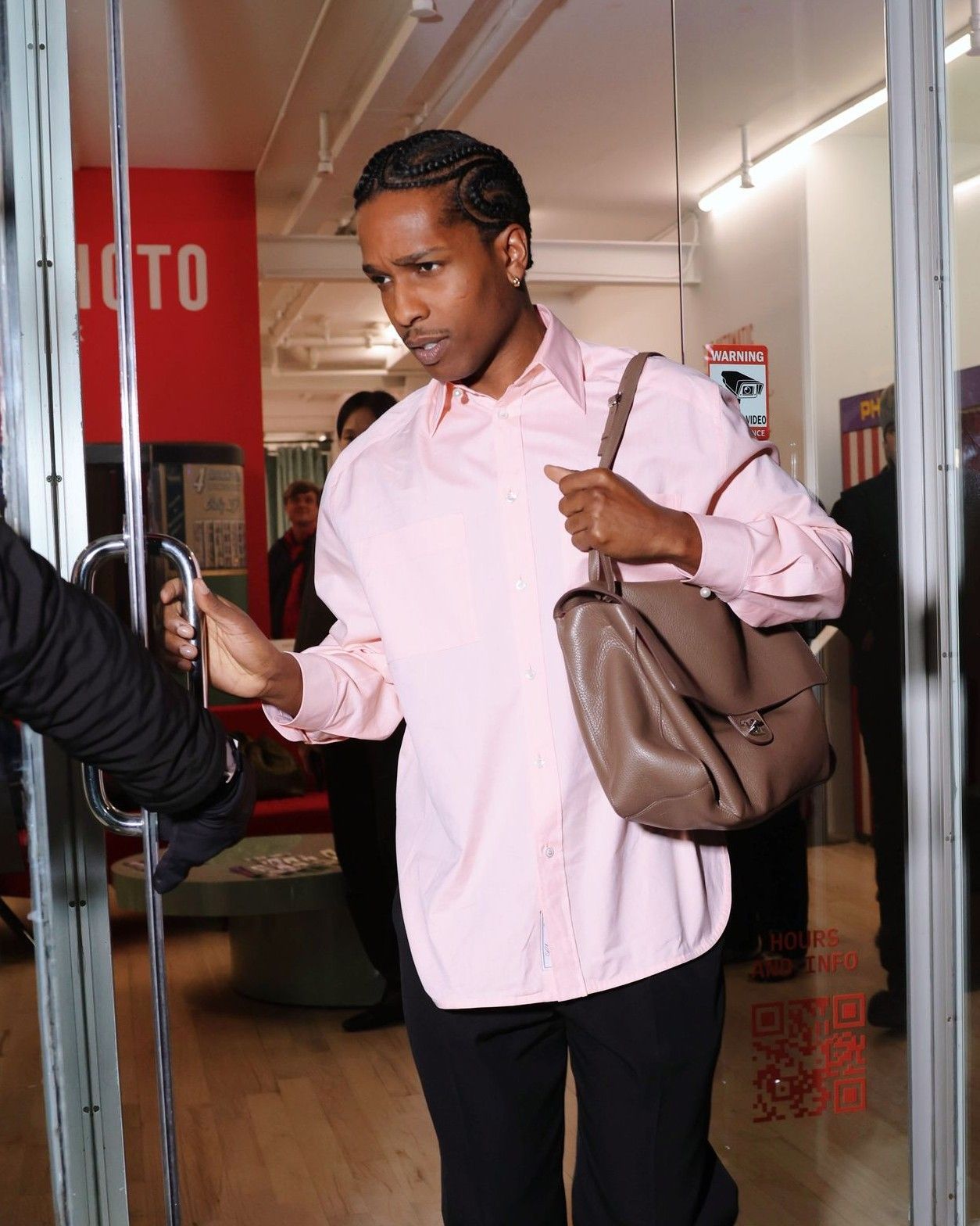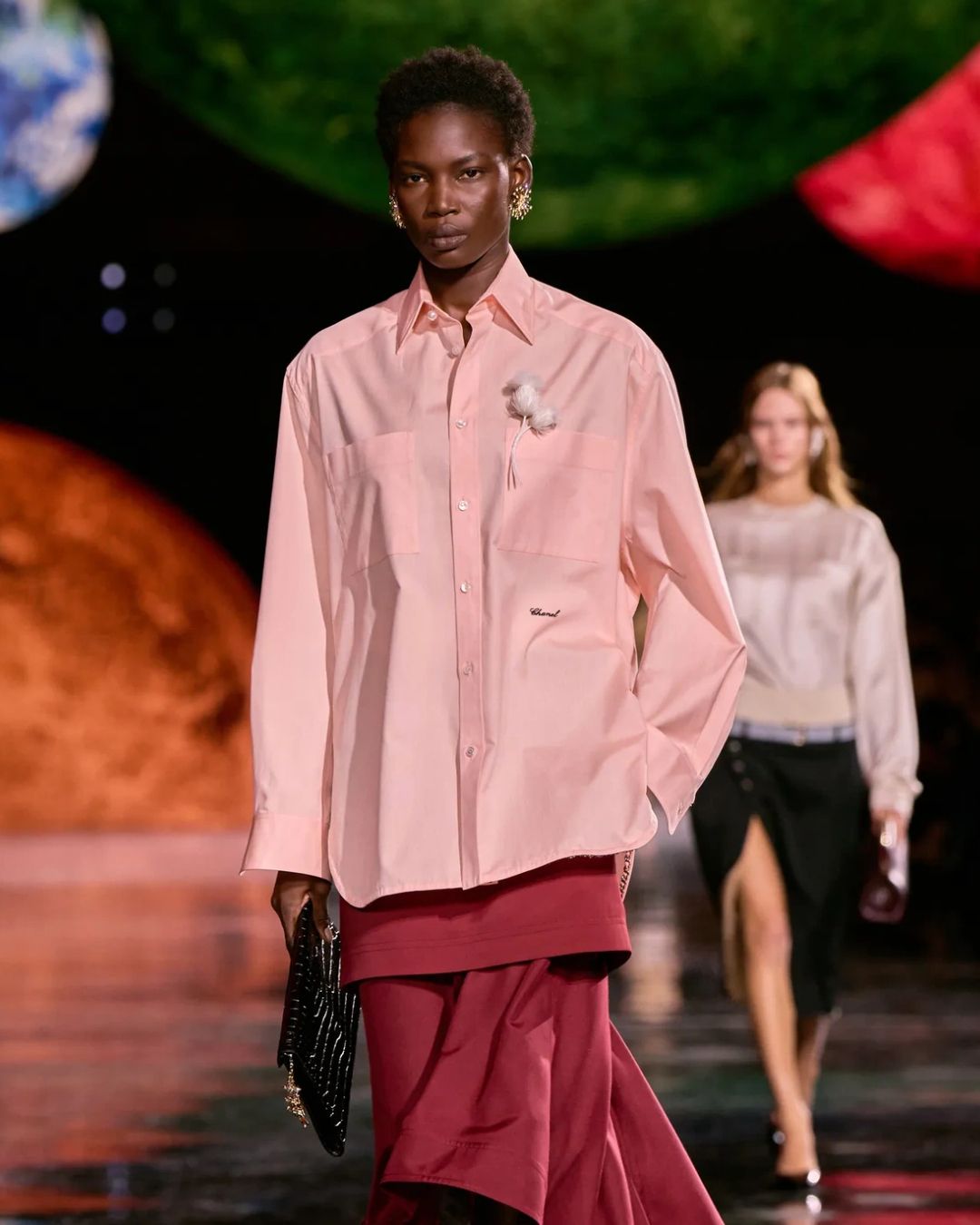
Why fashion is travelling again And why it should not
After three years of restrictions, isolation, and financial crisis, freedom has never been sweeter. This is demonstrated by clothing trends, which from the party chic vibe of the beginning of the year have embraced the holiday season as temperatures soar, and it is also demonstrated by the locations chosen by brands for their shows, which after a period of geographic constraints have returned to take place in the most remote corners of the globe, under the banner of exoticism. Lyst's latest report bears witness to how brands and buyers have made the most of international travel, revealing the return of a guilty pleasure that fashion has always cultivated: escapism. The quarter's figures demonstrate how claiming a memorable moment in an equally memorable location has enormous value, both economic and image, for fashion houses: Dolce and Gabbana climbed 7 positions in the Index of the 20 most searched brands with a 114% surge in searches after the Kardashian-Barker wedding in Portofino; Dior confirmed its 6th position with its latest fiesta-inspired runaway in Seville, while Jacquemus took 20th place after a total white FW22 in the salt mountains of Arles. At the same time, the best-selling items of the moment seem to have been chosen with the perfect holiday wardrobe in mind, from Casablanca's silk shorts to Miu Miu's colorful crocheted bucket hat to Loewe's raffia tote bag. Yet the enthusiasm for newfound mobility is rampant but problematic if we take into account how much the environment suffers in the wake of a pre-pandemic ecological debate.
The idea of Paris and Milan-based brands flying models, stylists, photographers, journalists, influencers, and celebrities around the world for 15-minute fashion shows are increasingly difficult to justify. BOF points out that even Antoine Arnault, as well as Giorgio Armani before him, has publicly questioned the practice: 'Taking half the fashion world to Rio for 48 hours for a cruise show was beautiful, but perhaps a bit too much,' he told Bloomberg in December 2020. An Exemplary was the case of Bottega Veneta last year, which was criticized for being insensitive to Covid for its show in Berlin after footage of a crowded afterparty at Berghain without masks was leaked. Nevertheless, Louis Vuitton, Chanel, and Saint Laurent are back to organizing extravagant international events outside the fashion week calendar, as are Balenciaga, Alexander McQueen, Jacquemus, and Pucci. Not only fashion shows but also luxury experiences for Maison's top clients (also known as VIC), which, despite the costs, both financial and environmental, seem to repay every effort. Tailor-made events outside of the hustle and bustle of canonical fashion weeks are capable of creating a media buzz of enormous proportions and at the same time enriching the narrative around brands by highlighting local craft traditions, enhancing their cultural credibility, and aligning them with historically significant locations through the viral storytelling of influencers. A strategy is dear to Dior, which chose Seville and Florence for this year, while Chanel opted for Monaco and Gucci for Puglia.
Tourist resorts are the scene of the continual opening of new stores - Etro in Puerto Banùs in Spain, Balenciaga in Saint Tropez, Marni in Forte Dei Marmi - and product lines designed for the beach are multiplying. Under the leadership of Camille Miceli, Vuitton's long-time head of accessories merchandising, the brand is expected to reintroduce its colorful prints on summer party dresses, beach cover-ups, bags, and sandals, while Prada and Loewe's raffia tote bags still prove to be among the year's best-loved products, as do Gucci's monogram slippers or Nike Air Max 90 slides. Holiday aesthetics, whether they take place in some exotic, remote destination or among the reassuring shores of the Mediterranean, is proving to be a big growth area for luxury brands, as it helps to sell the aspiration of a holiday life away from the hectic pace of society and away from the pandemic nightmare that has forced us inside four concrete walls for years. Yet, sooner or later we have to return from holiday.










































